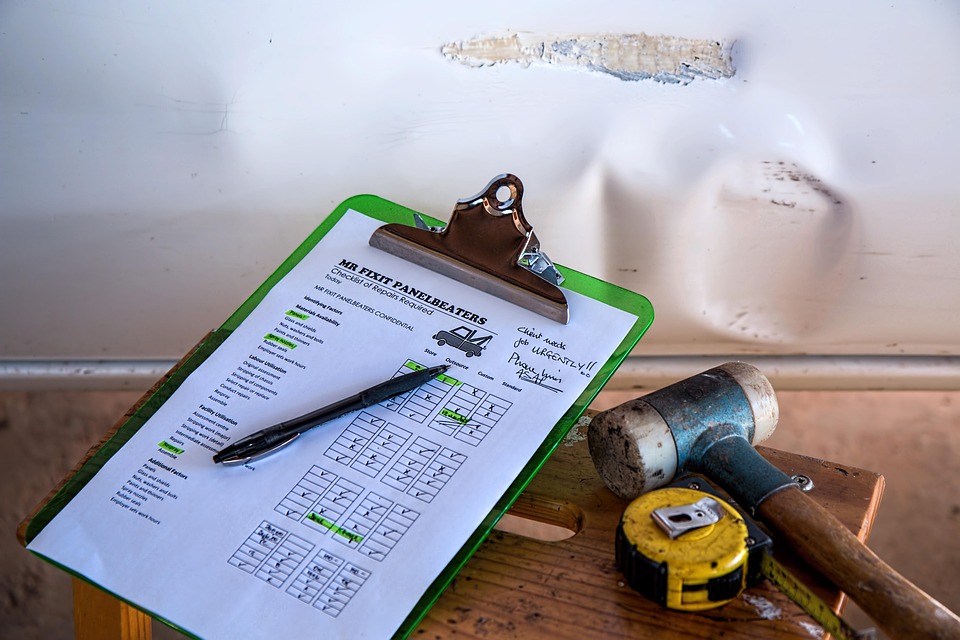Essential Insurance Loss Adjuster CV Template: Stand Out in the UK Job Market
Crafting a compelling CV as an Insurance Loss Adjuster is crucial in a competitive job market. This document is your first opportunity to make an impression, showcasing your skills, experience, and professional achievements. Here’s a guide to help you create a standout CV tailored for the UK industry.
1. Personal Statement: Your Professional Introduction
Begin with a concise personal statement. This section should capture your essence as a professional. Think of it as your elevator pitch. Highlight your experience in loss adjusting, your analytical capabilities, and any relevant qualifications. For instance: "Dynamic and detail-oriented Insurance Loss Adjuster with over five years of experience in assessing claims and negotiating settlements. Proven ability to handle complex cases with a strategic approach, ensuring fair outcomes for all parties involved."
2. Key Skills: What Sets You Apart
In a field where technical knowledge meets interpersonal skills, your key skills section must stand out. Include abilities like:
- Analytical Skills: Ability to assess situations meticulously.
- Negotiation Skills: Proficiency in reaching amicable settlements.
- Communication: Strong verbal and written skills for clear reporting.
- Attention to Detail: Ensuring accuracy in documentation and assessments.
- Technical Knowledge: Familiarity with relevant laws and regulations.
This section should be tailored to match the job description of the role you are applying for, ensuring that your most relevant skills shine through.
3. Professional Experience: Your Career Journey
When detailing your work history, follow a reverse chronological format. Start with your most recent role and work backwards. For each position, include the job title, company name, and dates of employment. Bullet points can help to succinctly convey your responsibilities and achievements. For example:
- Senior Loss Adjuster – XYZ Insurance Ltd. (2021 – Present)
- Managed a portfolio of high-value claims, achieving a 95% satisfaction rate from clients.
- Developed and implemented new assessment protocols that reduced processing time by 20%.
Each bullet should begin with a strong action verb, leading with accomplishments and quantifiable results whenever possible.
4. Education and Qualifications: The Foundation of Your Expertise
This section should list your academic background and any relevant certifications. For example:
- Bachelor of Science in Insurance Studies – University of London (2016)
- Chartered Insurance Institute (CII) – Diploma in Insurance (2018)
Including any ongoing professional development or courses can demonstrate your commitment to the field and your desire to stay updated with industry trends.
5. Additional Sections: Showcasing Your Unique Qualities
Consider adding sections that reflect your personality or interests. Volunteering, languages spoken, or professional memberships can provide a more rounded picture of who you are. For instance, if you’ve volunteered with a charity that supports victims of disasters, it shows empathy and community spirit—qualities invaluable in loss adjustment.
Final Touches: Presentation Matters
Ensure your CV is well-structured and free from errors. Use a clean, professional font and maintain consistency in formatting. Keep your CV to two pages at most, as brevity is essential in making a lasting impression.
Creating a CV that stands out in the UK job market as an Insurance Loss Adjuster requires careful attention to detail and a strategic approach. Each section should reflect your unique qualifications and experiences, ultimately leading to an engaging narrative of your professional journey.
CVPortal continues to provide a variety of high-quality CV templates and resources to assist you in crafting the perfect resume tailored to your career aspirations.


